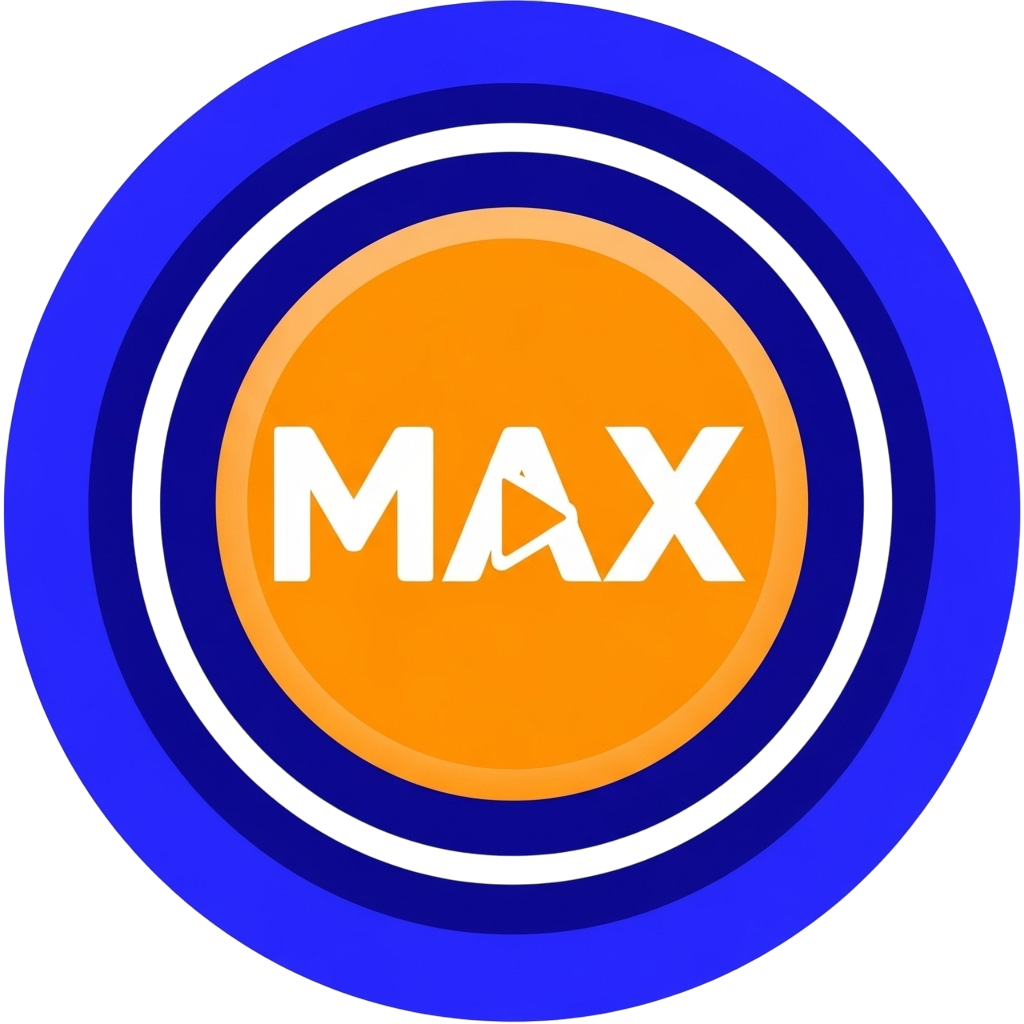If you’ve spent any time watching video compilations, live-stream fails, or comedic reaction videos online, you’ve undoubtedly heard the ubiquitous "Damn" sound effect. But what is this sound, and why does it carry such a powerful punch of internet fame?
This sound isn't just one thing; it refers to a range of iconic audio clips used to express surprise, approval, or comedic shock. The two most famous variations are:
- The enthusiastic, multi-syllable exclamation of "Daaamn, Daniel!"
- The deep, bassy, and drawn-out voice of "DAAAAMN!" often used as a direct reaction.
Its fame stems from its perfect utility: it's a universal, instantly recognizable audio cue that can punctuate any moment of absurdity or impressiveness. For content creators, adding the sound to a
Damn Soundboard is essential for instant comedic emphasis.
Tracing the Roots of the Ultimate Reaction Tool
From Viral Video to DJ Drop: Unpacking the Sound's Source
The word "damn" has permeated pop culture for decades, but the meme sound specifically pulls from distinct online and media sources.
The first major internet surge came in February 2016 with the viral video "Damn, Daniel." This meme, created by student Joshua Holz, featured his friend Daniel Lara and the now-iconic phrase, "Damn, Daniel! Back at it again with the white Vans!" This energetic compliment became a viral phenomenon, popularizing a lighter, more youthful version of the sound.
The deeper, more throaty "DAAAAMN!" sound often associated with soundboards has older roots. It is frequently sourced from:
- The movie Friday (1995): A memorable scene features an exaggerated "Damn!" that has become a widely used clip.
- Trap-a-holics DJ Tag: This sound is also related to or confused with the famous "Damn son, where'd you find this?" audio drop used on rap mixtapes by the DJ collective Trap-a-holics.
How the Damn Soundboard Became a Pop Culture Staple
While the original clips are decades or years old, the widespread use of a Damn Soundboard became prominent as the popularity of live-streaming and content reaction formats exploded. Streamers and video creators adopted the sound as a universal reaction tool. Its integration into professional soundboard software allowed for immediate, repeatable deployment, turning a singular viral clip into a core element of the online comedy lexicon.
The year 2016 marked a major milestone with the "Damn, Daniel" meme, cementing a place for the word in internet history. Today, the sound is a staple on platforms like TikTok and Twitch, driving its continued relevance.
Mastering the Art of the "Damn" Drop: Effective Application
Understanding when to use the "Damn" sound is key to its comedic impact. New users on platforms like soundboardmax.com can maximize the humor by using it in situations that call for:
- Exaggerated Surprise: When reacting to an unexpected event, like a video game jump scare or an improbable sports highlight.
- Approval/Respect: To signal strong appreciation for a new style, a skillful play, or an impressive achievement ("Damn, that was smooth!").
- Comedic Shock: When a character in a video does something ridiculous, awkward, or inappropriate, the sound acts as a perfect, non-verbal punchline.
The Enduring Legacy of the Legendary "Damn" Drop
The "Damn" sound is more than just a passing joke; it’s an iconic piece of internet history-a simple, powerful audio file that instantly captures a mood, from impressed amazement to hilarious bewilderment. Its simple effectiveness has ensured it remains a permanent fixture in the digital creator's toolkit.
Ready to find the perfect sound for your next stream or video? You can find this essential drop, alongside other classics like the popular
Yoda Soundboard, on soundboardmax.com. Start elevating your content with the perfect comedic timing today!
